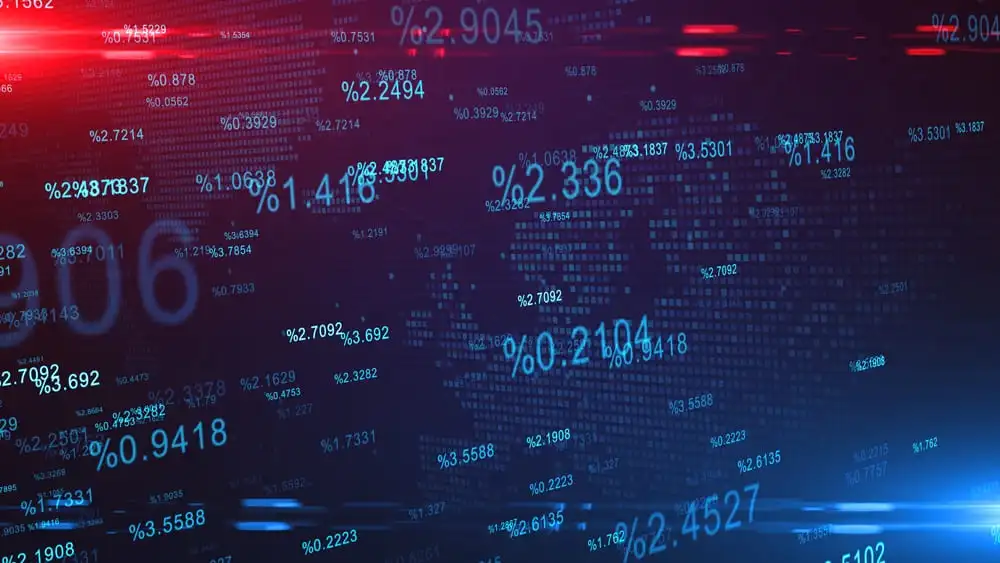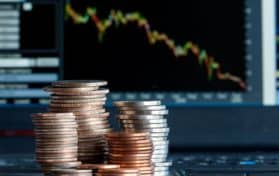
While inflation has dipped to 8.5 percent for the month of July, economists are saying that the American economy isn’t “out of the woods” just yet.
While inflation cooled slightly, the current rate is still a historic four-decade high. Last month, inflation hit a historic 9.1 percent. Economics cite some improvements in the supply chain and drops in the price of fuel as drivers for the 8.5 percent inflation rate. Bloomberg had revealed that most economists believed the CPI report would hold an 8.7 percent increase in the inflation rate.
CNBC reports that the “broadest measure of inflation was unchanged after rising 1.3 percent in June.” Core CPI – which does not include the price of food and energy in its calculations – remains unchanged as well at 5.9 percent.
U.S. consumers have experienced some financial relief at the pump; gas has slowly decreased in price. Currently, the national average price for a gallon of gas is $4.01. In early June, the national average was at least $5 per gallon; as summer wanes and demand slows, the price of gas has also fallen.
In July, the gasoline index fell 7.7 percent. This is lowest drop since April 2020, when the price of fuel fell by 4.6 percent. At that time, COVID-19 lockdowns prevented a great deal of travel.
The Bureau of Labor Statistics reported that food and shelter indexes continue to put inflationary pressures on the American consumer. Bankrate Chief Financial Analyst Greg McBride emailed comments regarding the CPI report: “The drop in gasoline prices has been very welcome, but that doesn’t solve the inflation problem. Consumers are getting a break at the gas pump, but not at the grocery store.”
The food index was up 1.1 percent from June to July, and the food-at-home measurement rose 1.3 percent. The USDA says all food prices are expected to rise between 8.5 percent and 9.5 percent; even hotdogs are increasing in price – the USDA relates that “frankfurters and lunch meats increased in price by 16.7 percent between June 2021 and June 2022.
This data is more good news for the Biden Administration. Last week, a jobs report showed that there were at least 528,000 jobs added to the economy in July; over the weekend, the Inflation Reduction Act was passed by the Senate (the bill is expected to be up for a vote in the House of Representatives on Friday). The slight dip in inflation is also cause for celebration in the White House. However, many economists are warning that the president shouldn’t take a victory lap just yet.
Bright MLS Chief Economist Lisa Sturtevant wrote: “The easing of overall inflation couple with strong labor market conditions could provide some optimism to the Federal Reserve that the rate hikes are working and that the elusive ‘soft landing’ – that is bring inflation down without sending the labor market tumbling – is a possibility. However, high housing costs and the challenges they post to prospective buyers and renters will continue to be a strain on the economy.”
The cost of shelter continues to rise; it is up by 5.7 percent from July 2021 to July 2022.
The market reacted positively to the CPI report; the Dow alone rose by 400 points Wages were also reported as going up by 5.2 percent on a yearly basis and 0.5 percent for the month. Some economists compared the July report to that of May. However, there is no indication that inflation will continue to trend downward in a way that Americans feel more confident financially. That would require several months of downward trending.
Americans are still dealing with ever-rising prices, however. A Gallup poll shows that seventeen percent of Americans say that inflation is “the most important problem facing the country.”





